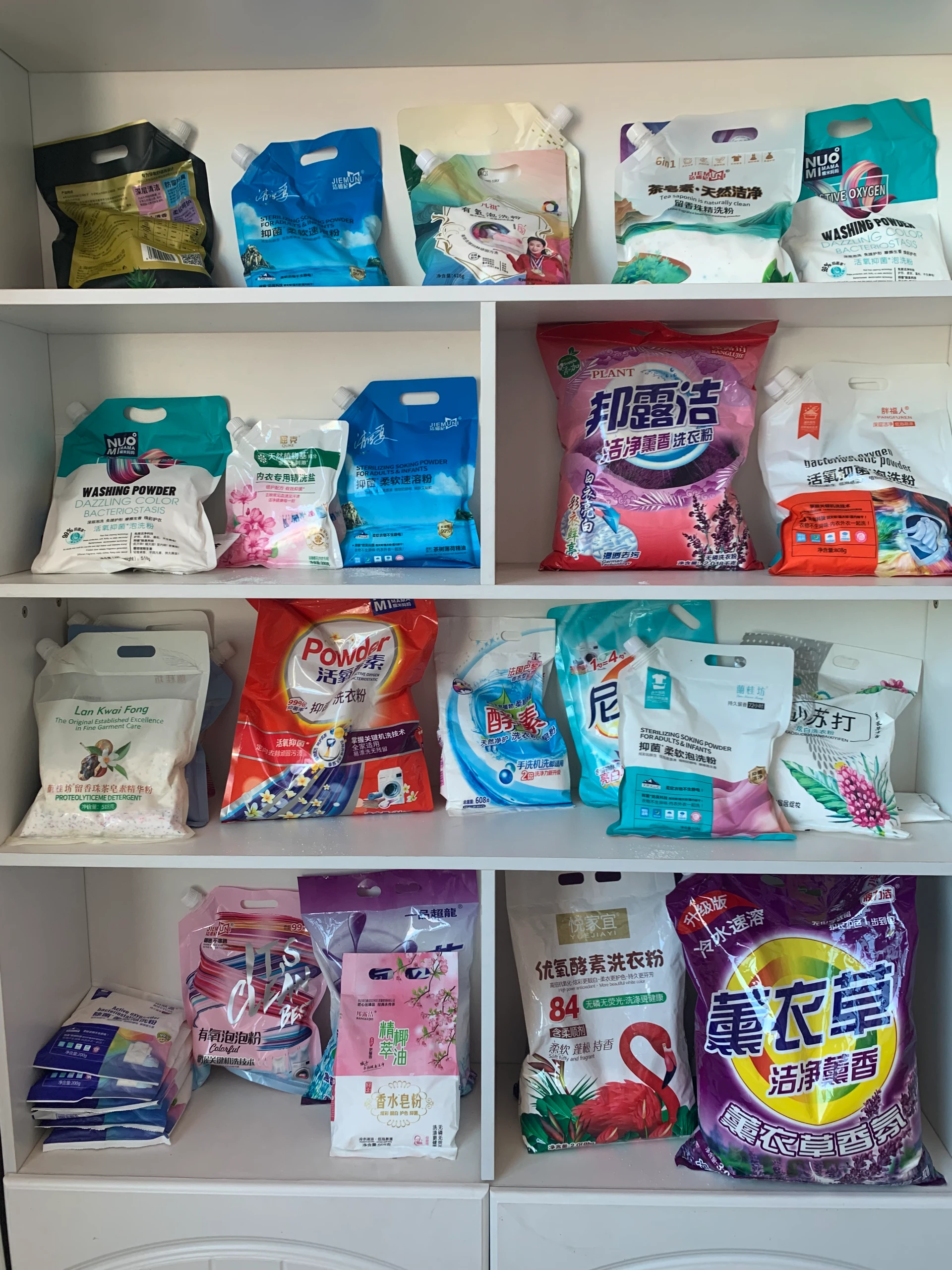



Optimizing Polyacrylamide Matrix for Enhanced Gel Electrophoresis Performance and Applications
Polyacrylamide Matrix Innovations and Applications in Modern Science
Polyacrylamide, a synthetic polymer derived from acrylamide monomers, has gained significant attention in scientific research and industrial applications due to its versatile properties. One of the most prominent uses of polyacrylamide is in the formation of hydrophilic matrices, commonly referred to as polyacrylamide matrices. These matrices have revolutionized various fields, including biochemistry, molecular biology, and materials science.
Polyacrylamide matrices are created through the polymerization of acrylamide in the presence of a crosslinker, typically N,N'-methylenebisacrylamide. This leads to the formation of a network that provides a stable and flexible structure suitable for a wide array of applications. The properties of polyacrylamide can be finely tuned by altering the concentration of acrylamide and crosslinker, enabling the customization of their physical and chemical attributes, including porosity, mechanical strength, and swelling behavior.
One of the most well-known applications of polyacrylamide matrices is in gel electrophoresis, a technique widely utilized for the separation of biomolecules like proteins and nucleic acids. The ability to create gels with varying percentages of polyacrylamide allows researchers to optimize the separation conditions for different sizes and types of molecules. For instance, a low percentage polyacrylamide gel (5-10%) is typically used for separating large DNA fragments, while a high percentage gel (15-20%) is suitable for resolving smaller proteins. This versatility has made polyacrylamide gels a staple in laboratories around the world.
In addition to gel electrophoresis, polyacrylamide matrices have become invaluable in various other methodologies. For instance, they are employed in affinity chromatography, a technique used to purify proteins and other biomolecules. By incorporating specific ligands or antibodies into the polyacrylamide matrix, researchers can selectively capture target molecules from complex mixtures, significantly enhancing the efficiency of protein purification processes.
polyacrylamide matrix

Another exciting area of research involving polyacrylamide matrices is in the development of drug delivery systems. Due to their hydrophilic nature, polyacrylamide-based materials can encapsulate and release therapeutic agents in a controlled manner. This capability is particularly advantageous in targeted drug delivery applications, where the aim is to reduce side effects and improve drug efficacy. Various studies have demonstrated the potential of polyacrylamide matrices to deliver anticancer drugs, peptides, and gene therapies, showing promise in improving treatment outcomes for various diseases.
Furthermore, polyacrylamide matrices have found utility in the field of tissue engineering and regenerative medicine. Researchers are exploring the use of polyacrylamide hydrogels as scaffolds to support cell growth and tissue development. These hydrogels can mimic the extracellular matrix (ECM) in vivo, providing a conducive environment for cell proliferation and differentiation. The tunable properties of polyacrylamide matrices allow for the incorporation of bioactive molecules, enhancing cellular responses and promoting tissue regeneration.
Safety and environmental considerations are paramount in the use of polyacrylamide matrices. While polyacrylamide itself is considered safe when polymerized, acrylamide monomers are neurotoxic and potentially carcinogenic if not handled properly. Researchers and manufacturers must ensure that the polymerization process is complete to mitigate these risks. Additionally, advancements in biodegradable alternatives to polyacrylamide are being explored to address environmental concerns associated with synthetic polymers.
In conclusion, polyacrylamide matrices are a cornerstone in numerous scientific disciplines, facilitating critical techniques such as gel electrophoresis and providing innovative solutions in drug delivery and tissue engineering. As research continues to advance, the applications of polyacrylamide matrices are expected to expand further, paving the way for novel technologies and improved methodologies. With careful consideration of safety and environmental impact, polyacrylamide will undoubtedly remain an essential tool in the scientist's toolkit, driving progress across diverse fields of study and application.
-
Why Sodium Persulfate Is Everywhere NowNewsJul.07,2025
-
Why Polyacrylamide Is in High DemandNewsJul.07,2025
-
Understanding Paint Chemicals and Their ApplicationsNewsJul.07,2025
-
Smart Use Of Mining ChemicalsNewsJul.07,2025
-
Practical Uses of Potassium MonopersulfateNewsJul.07,2025
-
Agrochemicals In Real FarmingNewsJul.07,2025
-
Sodium Chlorite Hot UsesNewsJul.01,2025










